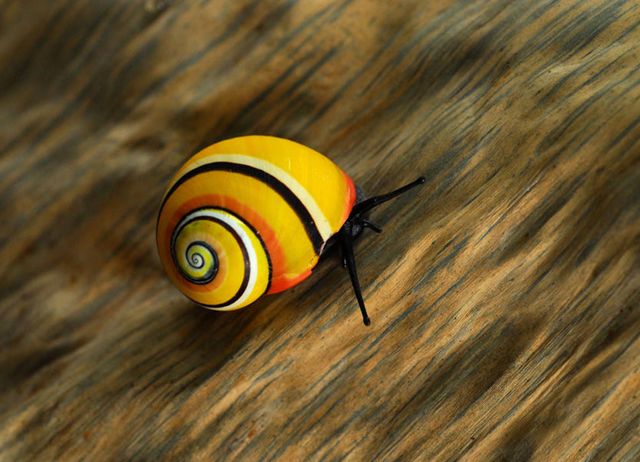

| Visitors Now: | |
| Total Visits: | |
| Total Stories: |

| Story Views | |
| Now: | |
| Last Hour: | |
| Last 24 Hours: | |
| Total: | |
One fifth of invertebrate species at risk of extinction
By Alister Doyle; editing by Tim Pearce
31 August 2012OSLO (Reuters) – The vital tasks carried out by tiny “engineers” like earthworms that recycle waste and bees that pollinate crops are under threat because one fifth of the world’s spineless creatures may be at risk of extinction, a study showed on Friday.
The rising human population is putting ever more pressure on the “spineless creatures that rule the world” including slugs, spiders, jellyfish, lobsters, corals, and bugs such as beetles and butterflies, it said.
“One in five invertebrates (creatures without a backbone) look to be threatened with extinction,” said Ben Collen at the Zoological Society of London (ZSL) of an 87-page report produced with the International Union for Conservation of Nature (IUCN).
“The invertebrates are the eco-system engineers,” he told Reuters. “They produce a lot of the things that humans rely on and they produce them for free.”
The report said that invertebrates, creatures that have no internal skeleton, faced loss of habitat, pollution, over-exploitation, and climate change.
The ‘services’ they provide – helping humans whose growing numbers threaten their survival – include water purification, pollination, waste recycling, and keeping soils productive. The value of insect pollination of crops, for instance, has been valued at 153 billion euros ($191 billion) a year, it said.
A 1997 study put the global economic value of soil biodiversity – thanks to often scorned creatures such as worms, woodlice and beetles – at $1.5 trillion a year.
Other services include seafood from mussels and clams, silk spun by worms and the purple dyes from a type of snail that were used exclusively in the robes of Roman emperors.
The study said the level of threat was similar to that facing vertebrates – creatures with internal skeletons – including mammals like blue whales and lions as well as reptiles and birds. A 2010 IUCN study found that one fifth of vertebrates were at risk. […]
The report focused on the current state of the planet. The projected increase in the world’s human population to 9 billion by 2050 from 7 billion now and other factors such as man-made climate change could make things worse for invertebrates. […]
Spineless creatures under threat, from worms to bees: study
2012-09-02 12:00:47
Source: http://www.desdemonadespair.net/2012/09/one-fifth-of-invertebrate-species-at.html
Source:



